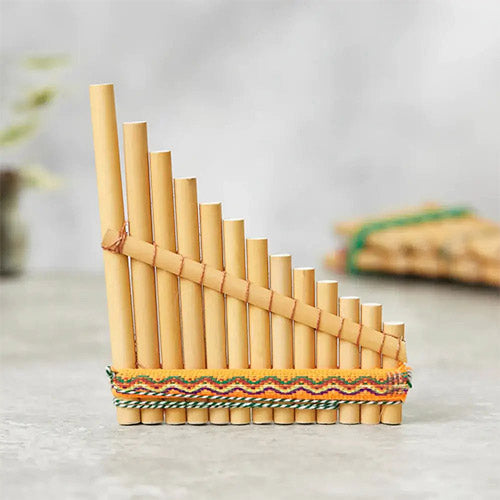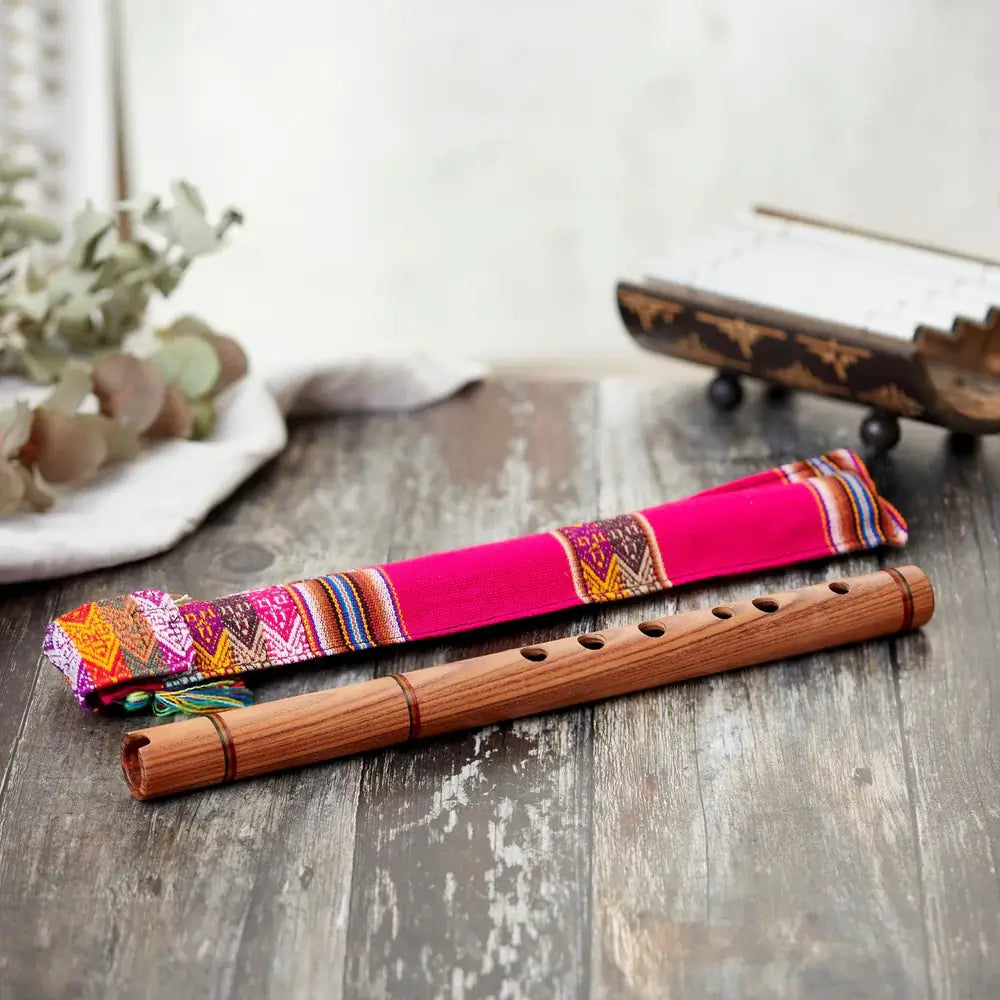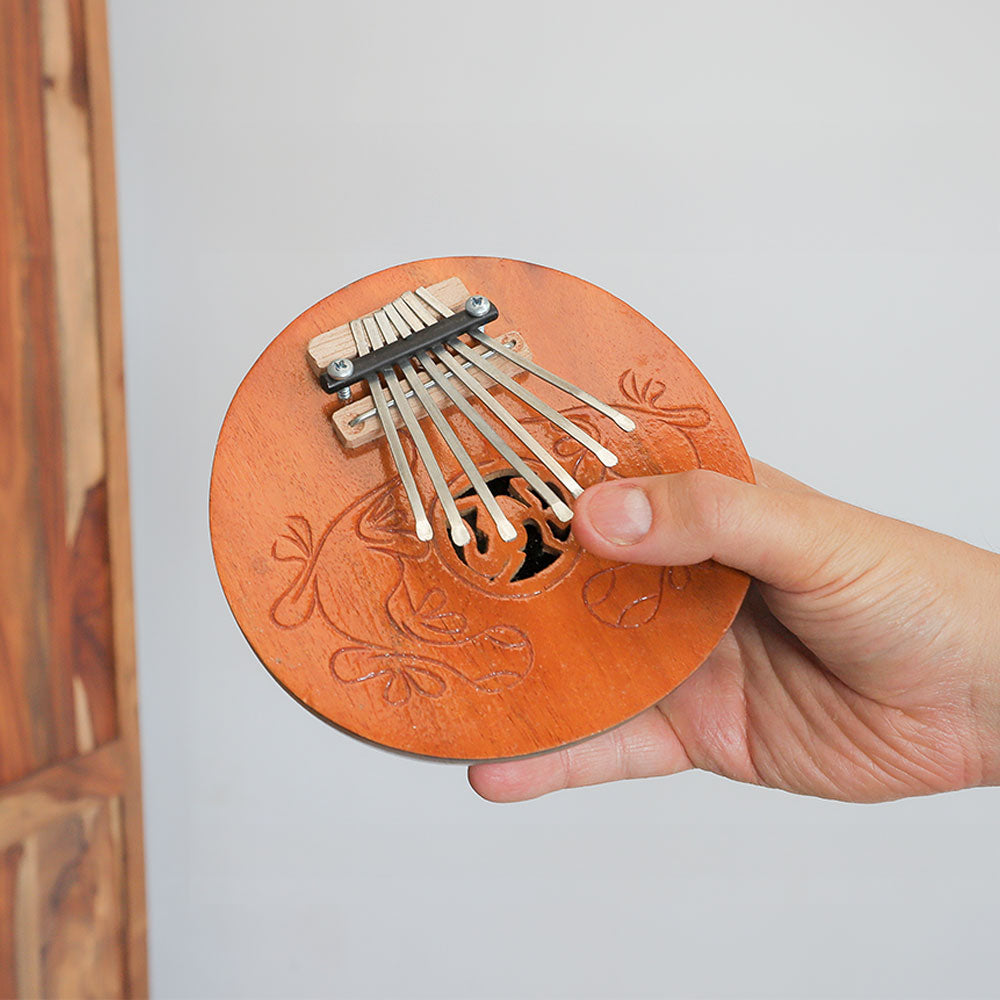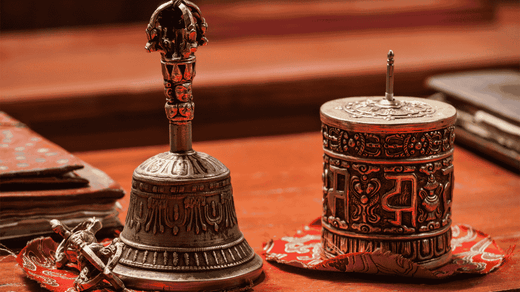Ringing cups are small, cup-shaped percussion instruments made from metals like bronze or brass, producing clear, bell-like tones with long resonance. Smaller and sharper than singing bowls, they’re popular in Buddhist traditions across Tibet, Nepal, and India, and widely used today in meditation, sound healing, rituals, music, and classrooms for their calming, focus-enhancing sound and versatile purity.
History of Ringing Cup
Ringing cups, with no single origin, trace back over 2,000 years to Tibetan and Nepalese Buddhist traditions, where monks used hand-forged metal cups and bells in meditation and rituals for clear, high-pitched tones distinct from singing bowls. Crafted from spiritual metal blends, these instruments also appeared in India, China, and Japan, later gaining global popularity through modern mindfulness and sound healing movements.
Types of Ringing Cup
Ringing cups vary by size, metal blend, and tradition—from Tibetan Himalayan cups made of 5–7 metals with bright, sustained tones, to Japanese Rin bells offering pure, calming sounds for Zen practice, and modern mini sound cups favored by therapists for portability. Known for clear tone, long resonance, and ease of use, these cups—plain or engraved—bring grounding beauty and clarity to any mindful space.
Ringing Cup

The Ringing Cup is a shiny stainless steel shaker from India that doubles as both a drinking cup and a unique percussion instrument. Made by welding two tumblers together, it produces a clear, cowbell-like sound when shaken or stirred—perfect for musicians looking to add an unusual texture to their music. Compact (5.5 × 5.5 × 6.5 cm) and lightweight (100g), it’s easy to handle and fun to play. It comes with a box, a detailed buying guide, and a tutorial covering its history, design, and use. Versatile, affordable, and eye-catching, the Ringing Cup brings creative flair and rhythmic character to any music setup.
Purchase the Ringing Cup Here.
Tips for Choosing the Right Ringing Cup
When choosing a Ringing Cup, prioritize material, tone, and use: bronze or mixed metals give warm, sustained sounds for meditation, while stainless steel offers bright, sharp tones for performance. Size affects pitch—smaller cups are higher, larger deeper. Look for comfortable grip and consider accessories like cushions or mallets for better resonance. Beginners should pick clear-toned cups, while experienced users may prefer handcrafted or antique pieces for richer depth.
The Pros and Cons of Buying a Second-Hand Ringing Cup
Buying second-hand Ringing Cups offers rich tones, unique character, and affordability but may have wear or sound issues without quality guarantees. New handmade cups ensure reliable sound and craftsmanship, ideal for beginners or meditation. Choose vintage for depth, avoid low-quality mass-produced cups.
Unique Ringing Cup Accessories
Enhance your Ringing Cup experience with accessories like cushions or wooden stands to stabilize and enrich resonance, and mallets—from soft felt to hard wood—for precise tone control. Protect your cup with padded pouches and microfiber cloths, while natural oils preserve wooden parts. Display racks offer elegance and safety, and companion tools like tuning forks or singing bowls add rich sound layers. Custom engravings provide a personal, spiritual touch to your instrument.
Ringing Cup in Popular Music
Ringing Cups, with their clear, bell-like tone and long resonance, are popular in ambient, meditative, and spiritual music, ideal for meditation, breathwork, and sound healing. Used by Tibetan practitioners, Zen monks, and artists like John Cage, they create calm, spacious soundscapes. Favored by healers like Laraaji, these portable, niche instruments offer unique emotional and energetic impact for sound therapists, ambient artists, and experimental musicians.







